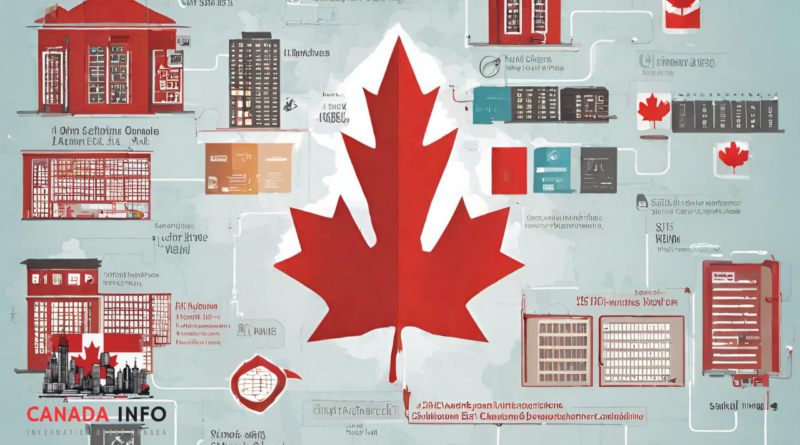Education System in Canada: Structure and Service Quality
The education system in Canada is known for its high quality and inclusive approach. This article provides an overview of the structure of the education system, its quality, the organization of Canadian schools, and the distinctive education style prevalent in the country.
Structure of the Education System:
The education system in Canada is divided into several levels: early childhood education, primary education, secondary education, and post-secondary education. Early childhood education typically begins at age three or four with programs such as preschool or kindergarten. Primary education, which includes elementary and middle school, generally spans from grades one to eight. Secondary education covers grades nine to twelve and culminates in earning a high school diploma. Post-secondary education consists of colleges, universities, and vocational institutions offering undergraduate and graduate programs.
Quality of Education:
Canada consistently ranks high in international assessments of education quality. Factors contributing to this reputation include well-trained teachers, rigorous curriculum standards, and state-of-the-art facilities. Additionally, the Canadian education system emphasizes critical thinking, problem-solving skills, and creativity, preparing students for success in a globalized world.
Organization of Canadian Schools:

Canadian schools are typically organized into either public or private institutions. Public schools are funded by the government and offer free education to Canadian residents. Private schools, on the other hand, are independently funded and may charge tuition fees. Both types of schools must adhere to provincial or territorial curriculum guidelines, ensuring a consistent standard of education across the country.
Canada’s Education Style:
The education style in Canada is characterized by its student-centered approach, fostering individual growth and development. Canadian educators prioritize inclusivity and diversity, creating inclusive learning environments that accommodate students from diverse backgrounds. Furthermore, Canadian schools promote experiential learning, incorporating hands-on activities, field trips, and community involvement to enrich students’ educational experiences.
In summary, the education system in Canada is structured to provide a comprehensive and high-quality learning experience for students at all levels. With its emphasis on inclusivity, critical thinking, and experiential learning, Canada’s education system prepares students to succeed academically and thrive in an ever-changing world.

